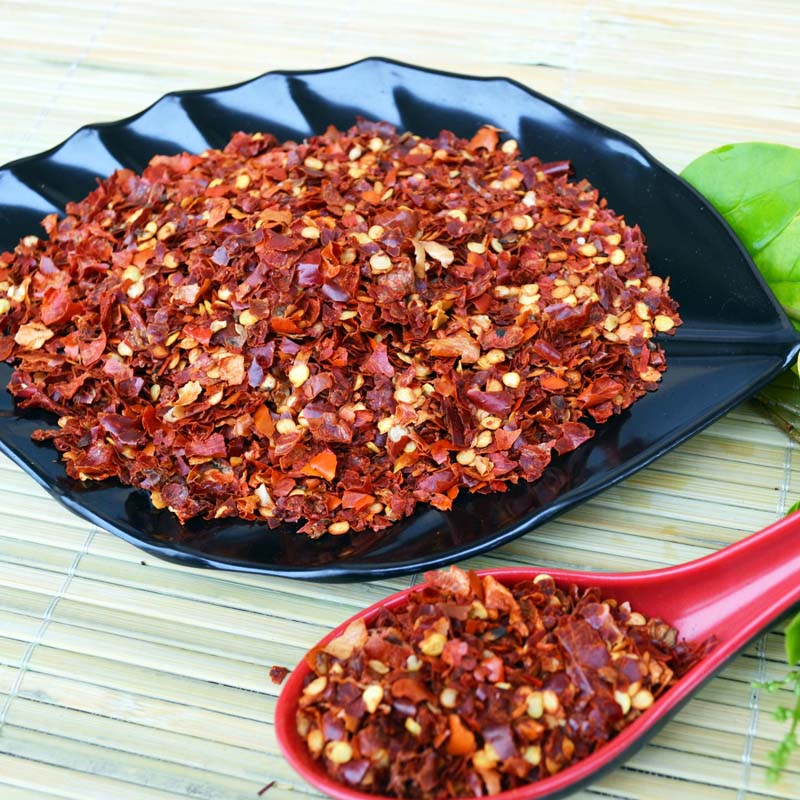- No. 268 Xianghe Street, Economic Development Zone of Xingtai city, Hebei 054001 China
- Byron@hbhongri.cn
cayenne paprika
The Flavorful World of Cayenne Paprika
Cayenne paprika, a vibrant spice with roots in the Americas, holds a significant place in the culinary landscape of many cultures. Distinguished by its bright red hue and unmistakable heat, this spice not only elevates dishes but also carries a rich history that intertwines with the spice trade and traditional medicine.
At its core, cayenne paprika is made from dried and ground cayenne peppers, which belong to the Capsicum family. These peppers thrive in warm climates, primarily in regions like Central and South America, as well as parts of Africa and Europe. The cultivation of cayenne peppers dates back thousands of years, where they were initially used by indigenous peoples as both food and medicine. Today, this spice is a staple in kitchens across the globe, from the smoky stews of Eastern Europe to the fiery curries of India.
Culinary applications of cayenne paprika are nearly limitless. Its distinctive heat can awaken the palate, transforming ordinary dishes into culinary masterpieces. Chefs and home cooks alike sprinkle it into soups, stews, and sauces to add a kick of spice. It's commonly used in traditional dishes like gumbo, where it complements the flavors of okra and seafood, or in spicy barbecue recipes, providing a depth of flavor to marinated meats. Additionally, cayenne paprika is a favorite ingredient in spice blends, contributing to the vibrant flavors of Mexican mole or the intense profiles of Cajun cooking.
cayenne paprika

Beyond its culinary uses, cayenne paprika boasts several health benefits, making it much more than just a flavor enhancer. The active component in cayenne peppers, capsaicin, is renowned for its anti-inflammatory properties. Research has shown that capsaicin can aid in digestion, boost metabolism, and promote heart health. Furthermore, it has been used in traditional medicine to alleviate ailments like congestion and pain relief, demonstrating the versatility of this remarkable spice.
Cayenne paprika is also a cultural symbol, reflective of the regions and people who embrace its use. In Mexico, for example, its incorporation into cuisine is celebrated during festivals and family gatherings. The warmth of the spice mirrors the warmth of the culture, bringing people together around the dinner table. Likewise, in Hungary, where paprika holds national pride, cayenne paprika features prominently in traditional dishes like goulash, highlighting the significance of this spice in national identity.
As we explore the multifaceted world of cayenne paprika, we uncover not just a spice but a story rich in tradition, health benefits, and culinary artistry. Whether you're a home cook experimenting with new flavors or a seasoned chef refining your techniques, incorporating cayenne paprika into your dishes is a simple way to embark on a flavorful journey. So next time you reach for this vibrant spice, remember the history it represents and the warmth it brings to your meals. In the end, cayenne paprika is not just about heat; it's about connection, culture, and the joy of sharing good food with great company.
-
Turmeric Rhizome Powder: A Golden Treasure from Roots to TableNewsJul.28,2025
-
The Versatile Application Of Crushed Red Hot Peppers: Lighting Up The Red Flames On The Dining TableNewsJul.28,2025
-
The Paprika: A Touch Of Vibrant Red In Color, Flavor, And CultureNewsJul.28,2025
-
Ground Turmeric: A Modern Examination of an Ancient SpiceNewsJul.28,2025
-
Capsicum Liquid Extract: Features, Applications, and ChallengesNewsJul.28,2025
-
Application of Capsicum Liquid Extract in FoodNewsJul.28,2025







